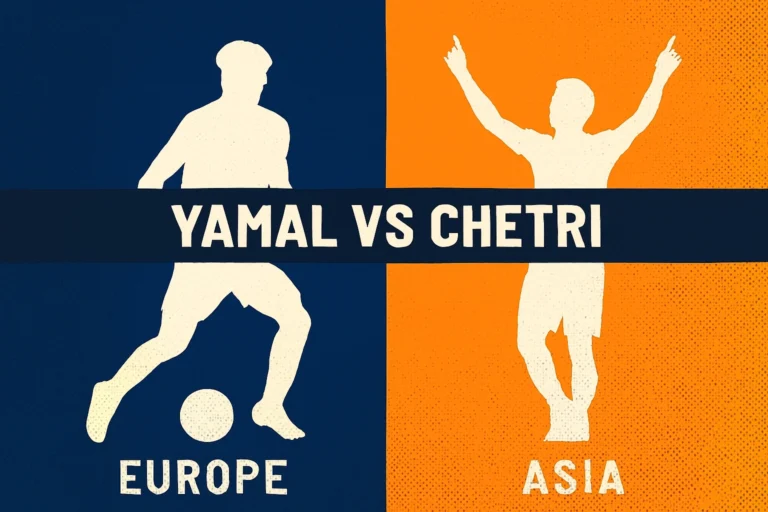FIFA World Cup Qualifiers: History, Importance, and Future
The FIFA World Cup is the most prestigious tournament in international football, but before the final event takes place, teams must navigate the demanding process of the World Cup qualifiers. These matches are not only about securing a place in the finals but also about shaping the global football landscape.
A Brief History
- The qualification process was introduced for the 1934 World Cup in Italy, the second edition of the tournament.
- Since then, every World Cup has required teams to qualify, except for the host nation, which receives automatic entry.
- Over the decades, the qualifiers have expanded in scale, reflecting the growth of football worldwide. Today, more than 200 national teams participate across six continental confederations: UEFA (Europe), CONMEBOL (South America), AFC (Asia), CAF (Africa), CONCACAF (North and Central America and the Caribbean), and OFC (Oceania).
Format and Structure
Each confederation organizes its own qualification process:
- UEFA (Europe): Group stages followed by play-offs.
- CONMEBOL (South America): A round-robin league where all teams play each other.
- AFC, CAF, CONCACAF, OFC: Multi-round formats, often starting with preliminary rounds before group stages and play-offs.
The number of qualification spots is allocated based on FIFA’s distribution system, which considers the strength and size of each confederation.
Importance and Impact
- Global Reach: The qualifiers ensure that football remains a truly global sport, giving smaller nations the chance to compete against established powers.
- Development: For many countries, qualifiers are the highest level of competition they experience, helping to raise standards and inspire investment in football infrastructure.
- Cultural Significance: Matches often carry national pride and political weight, uniting fans across borders.
- Upsets and Surprises: Qualifiers have produced historic moments, such as underdog nations reaching the finals for the first time, which adds unpredictability and excitement to the sport.
Most Successful Nations
While the qualifiers themselves do not crown champions, they have consistently highlighted the dominance of traditional footballing powers. Nations like Brazil, Germany, Italy, and Argentina have rarely struggled to qualify, while others have faced dramatic journeys filled with near misses and breakthroughs.
The Future of World Cup Qualifiers
- Expanded World Cup: Starting with the 2026 edition, the World Cup will feature 48 teams, increasing the number of qualification spots across all confederations.
- More Opportunities: This expansion will give emerging football nations a greater chance to qualify, potentially reshaping the competitive balance.
- Commercial Growth: With more matches and wider participation, qualifiers will continue to attract significant broadcasting and sponsorship interest.
- Technological Integration: VAR, advanced analytics, and digital fan engagement will play a larger role in future qualification campaigns.
Conclusion
The FIFA World Cup qualifiers are more than just a pathway to the finals. They are a global competition in their own right, filled with drama, passion, and stories that define football history. As the tournament expands and the game continues to grow worldwide, the qualifiers will remain a vital stage where dreams are made, and the future of international football is shaped.


